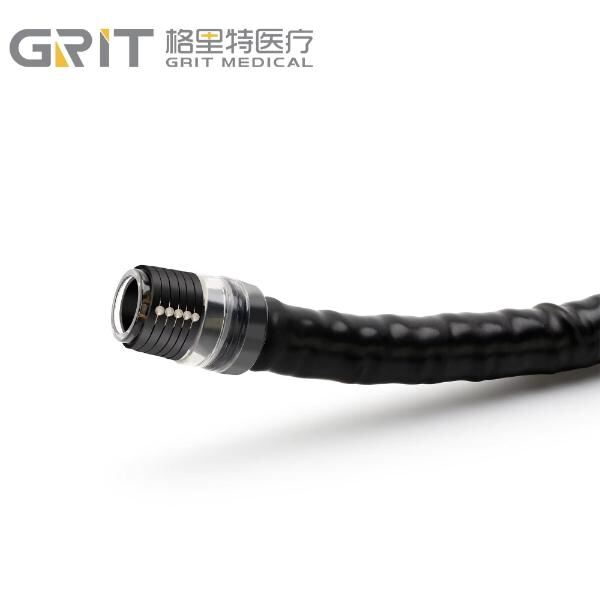Multi band ligators can be used to attempt treatment of certain medical conditions, and it is critical that they be utilized properly without error. Here are some common mistakes that you should avoid in using multi band ligator from GRIT.
Do not write the bands too tight
People also often over-tighten the bands. If the bands are tight, they can damage the tissues they are intended to assist. This may not be comfortable for the patient and can lead to other issues. Just follow the instructions and never tighten the bands excessively.
Place the Bands Correctly
MistakeCon.c: Placing the bands incorrectly You will be able to deliver data that helped improve the order of things, and if the bands are not assembled in an acceptable manner, they should generally not treat the issue. This means that the treatment may not work as well as it otherwise could. Be sure to check the band positions prior to applying the ligator.
Choose the Right Size Bands
Another mistake people make is using the wrong size bands, which can lead to a lot of headaches. If the bands later turn out to be too small or too large, they can make the patient feel uncomfortable during treatment. Selecting the appropriate size bands specific to the pathology, as well as confirming that the bands fit properly prior to ligation is crucial.
Preparation of the Ligator: Cleaning and Sterilization
For example, multi band ligators should always be cleaned and sterilized correctly. If the multi band ligator for endoscopy is not cleaned and sterilized between uses, it can lead to infections for the patient. This is a significant issue, however, it is extremely easy to avoid by simply following GRIT's cleaning instructions. Data is until October 2023.
Pay Attention to the Patient
First, the patient should be treated through a small examination. However if the patient complains of discomfort or the multi band ligator wholesale is used with an excessive force that the patient has difficulty swallowing then the procedure should be stopped and the problem corrected. This [disregarding the discomfort of the patient] can complicate the disease and reduce the treatment efficiency. The good thing is to always listen to the patient, and adjust accordingly to ensure they are safe and comfortable throughout the treatment process.

 EN
EN
 AR
AR
 BG
BG
 CS
CS
 DA
DA
 NL
NL
 FI
FI
 FR
FR
 DE
DE
 EL
EL
 HI
HI
 IT
IT
 JA
JA
 KO
KO
 NO
NO
 PL
PL
 PT
PT
 RO
RO
 RU
RU
 ES
ES
 ID
ID
 SR
SR
 SK
SK
 UK
UK
 VI
VI
 SQ
SQ
 HU
HU
 TH
TH
 TR
TR
 FA
FA
 GA
GA
 HY
HY
 KA
KA
 BN
BN
 BS
BS
 LA
LA
 MN
MN
 UZ
UZ
 KY
KY


